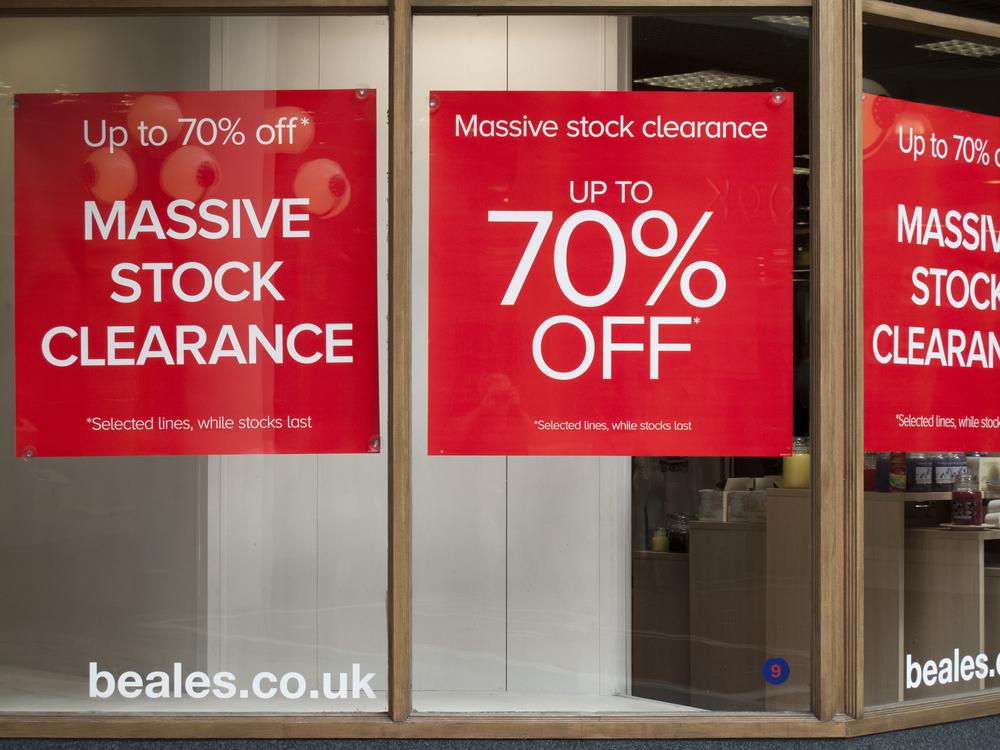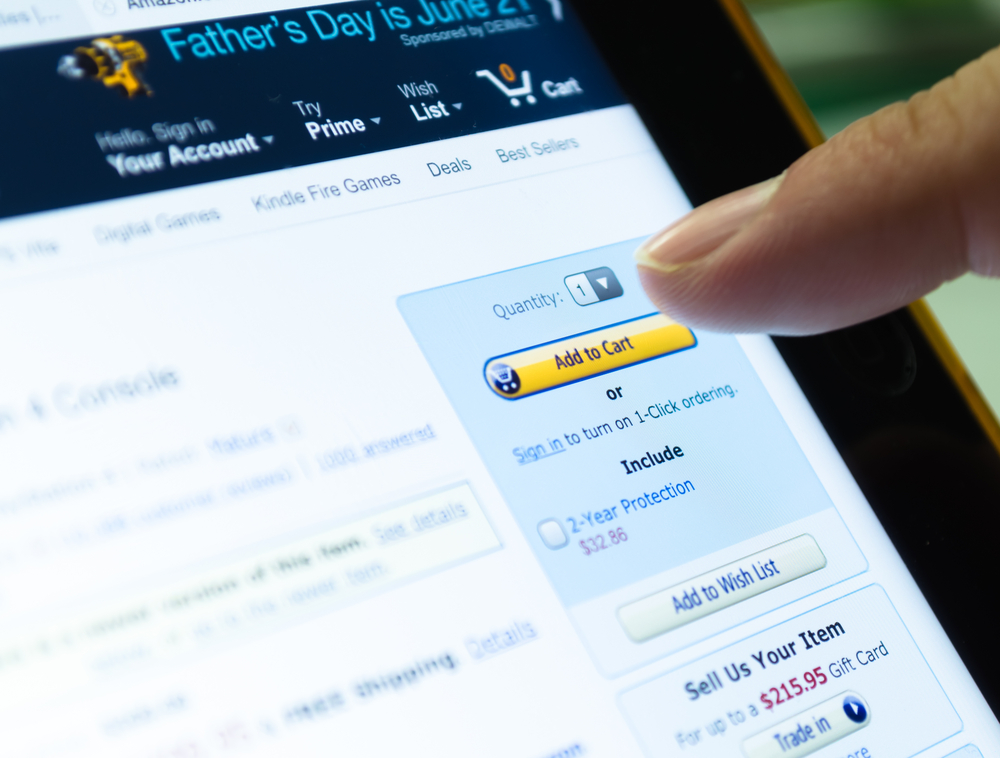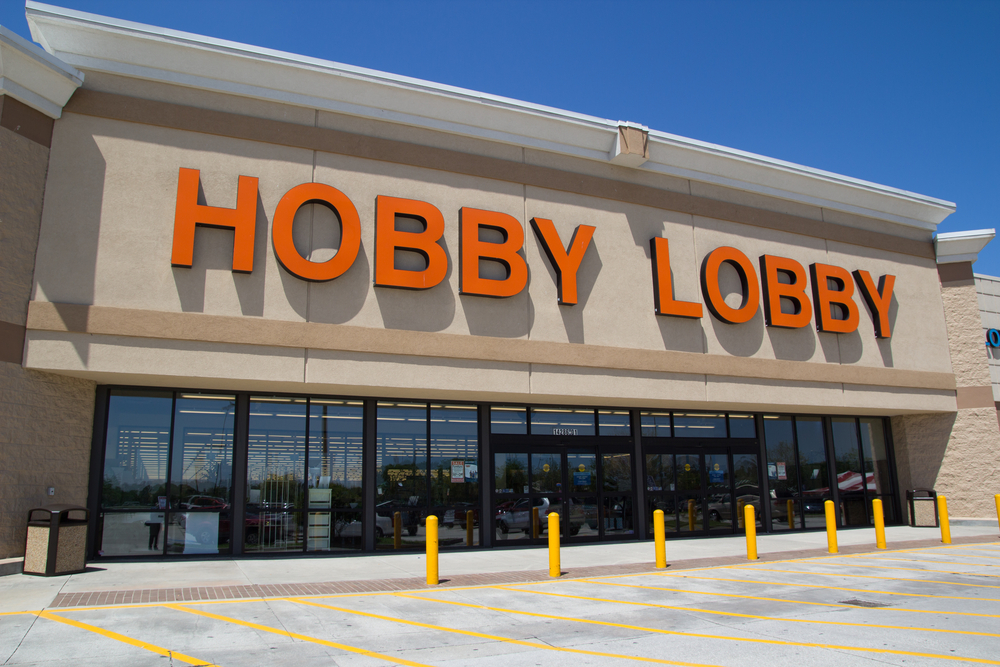12 Keys to Long-term Prosperity or Rethinking Material Things
No one on their deathbed thinks of all the wonderful things they owned in life.
But we are constantly sold the idea that we need more things — and falling victim to this message means you’ve lost not just the money in your pocket, but what that money could have become if invested.
Let’s take the example of $100. Many material things cost $100.
But if you invested that sum, you would have over $1,000 in 30 years at only 8 percent interest per year.
If you put aside $100 each year for thirty years, you’d end up with more than $12,000; and $1,000 per year over 30 years becomes $122,346 in your savings account.
So how can you cut costs, spend less, and save more?
Here are 12 areas in which opportunity for saving money is high:
1. You are buying furniture that won’t survive your next move.

If you’re a young person, you’ve got a lot of moving ahead of you.
Think carefully before spending on furniture, decorations, dish-ware, appliances, or anything that won’t be easy to transport.
Head to Craigslist for cheap deals when you’re in a new city.
Then invest in something nicer if you decide, after time, that it’s really worth it.
2.You are buying clothes in season.

The average american spends $1,768 per year on clothing. clothes off season.
Take advantage of Christmas savings to buy warm weather clothes on additional clearance discount.
Then shop spring and summer clearance sales for winter essentials.
You’ll easily save 50 percent - 75 percent on MSRP for each and every garment and cut that $1,768 figure in half.
3.You are buying too many clothes.

What’s wrong with only having a few good outfits? Most people have a closet full of clothes they don’t wear.
Purge yours (but first document what you donate so you can get a tax deduction) and only keep what you love.
There is something satisfying about a small, perfect wardrobe that changes often as you replace worn garments.
If someone criticizes your minimal look, tell them you don’t believe in material excess.
4. You are buying subscriptions you don't need.

How much do you really watch Netflix?
How much do you really listen to Spotify Premium?
What about Amazon Prime — do you really need all your items to arrive in 2 days?
These subscriptions seem cheap, but they cost lots over time ($315 per year for those three).
Consider marking the days you actually use monthly services on a calendar. You might find they aren’t worth your dollar.
5. You are buying small instead of bulk.

The average American spends $4,000 on groceries per year, making food one of the biggest saving opportunities in your budget.
If you LOVE quinoa and you cook with it often, shop around to find a retailer that will sell you pounds of the stuff at a discount.
6. You are buying deals just because they’re deals.

Costco, Sam's club, and other wholesale retailers are great for saving, but it’s easy to buy things you don’t really want or need just before they’re cheap.
To prevent this: make a list before you enter the store and stick to it.
7. You are buying too much food.

Try to empty your fridge of all leftovers before you buy more stuff to fill it. Consumers throw away thousands of dollars worth of food a year.
Also, you’ve been sold the idea that your dinner should be a “meal” instead of just food.
When no one is around and you’re just eating for energy, why waste when you can eat simple, healthy, and save?
There is no rule against eating pickles, sautéed asparagus, and the last bit of cereal for dinner on a Tuesday night.
8. You are eating out instead of in.

The average American spends $3,000 on eating out.
Each meal you eat at home offers savings; and that goes doubly for coffees, juices, and other expensive snacks and treats. Is it really worth the convenience?
9. You are buying too much car.

The average American spends $9,000 on their car (not including insurance or fuel).
Leasing is always a bad deal, as you pay interest on the auto loan.
Find a used car that costs less than a third of your total income and pay it off ASAP. Buy a car with high trade in value.
Then you’ll have something to offset the cost of the next vehicle and, hopefully, enable you to purchase in cash.
10. You shop online as a pastime.

Accumulating things should not be your reason for living. Nor should it cost you time.
Online retailers do everything they can to grab your attention.
They email you, text you, send you app notifications, and constantly advertise savings to trick you into spending.
Resist this by rolling up your email offers into a bundle you can check quickly.
Next, ask your significant other to approve every purchase you want to make.
They can tell you whether you really NEED something or just WANT it.
11. You are paying for expensive hobbies.

Consumers pay an average of $2,700 on entertainment per year.
How you choose to spend your free time (aka how you choose to spend your money) matters. Reading is a very cheap hobby.
Playing golf is a very expensive hobby.
Consider the cost per hour of your fun. Other savings tips still apply.
Buying new clubs won’t improve your game. Buying gently-used clubs will improve your bank account.
12. You are paying a premium to socialize.

Big nights out with friends are fun. So are date nights. These evenings at bars and restaurants can easily cost $150 per night.
Ask yourself: is it really worth it? A couple cheap bottles of wine and a card game at your kitchen table with good friends is a great way to socialize.
According to the averages in this list: If you used these tips to save 30 percent on food, clothing, and entertainment alone, you would save over $3,000 per year.
In just ten years time, that money would grow to $46,936 — the down payment on your first home.
Here’s a challenge: when you want something — be it a new mattress, new shoes, coat, bottle of wine, TV, weekend getaway, vacation — set a budget for what you’re willing to spend.
Then shop around until your find something that satisfies your need and not your want.
Take the money you saved from settling on the cheaper option and invest it.
Do this for a single year and keep track of what you save. You’ll be shocked, but happy, and a little bit richer.

